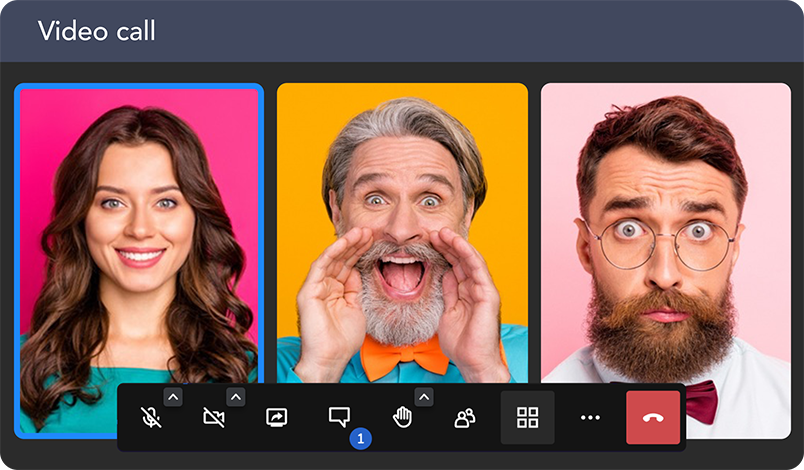Managing communication in creative agencies is a challenge. When you have to do it on two fronts, internally and externally, it’s a bigger challenge.
This can pose confusion that could result in wasted scope, missed or delayed deadlines, and lost budget. Without coherent communications with your internal and external stakeholders, you could end up sending out inconsistent messages.
In this article, we look at the differences between internal and external communications and share five tips for managing them effectively.
 Differences between internal and external communications
Differences between internal and external communications
Internal communications include strategies and tactics that you would employ to share information with the employees of your organization. It is less formal and more extensive and expansive than external communication. It’s also more frequent since the audience is within the system.
Although any department could be involved in the design and dissemination of internal communication, the responsibility primarily falls on human resource teams. Their goal is to increase employee engagement, provide transparency, and eliminate internal silos to allow for information to freely flow.
While internal communication can be horizontal, top-down, or bottom-up, external communications are predominantly one-way. The marketing or account management teams would be in charge of it as they communicate various aspects of your creative agency including your portfolio, client roster, and any assets that you would have developed.
For a creative agency, the audience for external communication comprises both existing and potential clients, media, industry organizations, and future hires.
Internal communication is designed to share information about the company and to increase employee engagement. External communication aims to increase brand awareness and persuade individuals and organizations to partner with your creative agency.
 5 ways to improve your internal and external communications
5 ways to improve your internal and external communications
These five tips can help you craft better internal and external communications and improve their efficacy in your creative agency.
1. Identify and profile your audience
Begin by listing out all the stakeholders, both internal and external. This will show you that while internal stakeholders might be equally important in most cases, external stakeholders have to be prioritized.
For example, external stakeholders could involve executives and senior executives in charge of major decisions. Your messaging to both will have to be different.
With decision makers, you should have planned, thoughtful, and consistent messaging that talks about your work with statistics and testimonials that back your claims.
2. Set the goal of your communication
A goal brings focus into your communication and ensures that it’s in sync with the needs of the target audience. It will also determine the medium, format, and tone of your message.
Common goals are to provide information, raise awareness of an event or situation, influence attitudes within the organization or specific departments, influence potential clients, etc.
Once you know the goal, you can always check whether your communication has achieved it or not.
3. Select the medium
Your message has to be on the right medium for it to maximize its impact. For internal audiences, you have a wider range of mediums to choose from. These include emails, chats, memos, notices, presentations, reports, Zoom meetings, etc.
You have to be more focused when it comes to the external audience. If it’s an existing client, face-to-face meetings, presentations, and emails would be effective.
You can also use your website and social media channels to share reports, infographics, surveys, and your campaigns with potential clients and media.
With Heycollab’s Messaging, various teams in your creative agency can seamlessly and transparently interact with each other. Clients can receive email notifications any time they’re tagged in the tool.
They can respond through email if they’re unable to access the tool. This keeps the process moving forward.
4. Be concise and clear
Once you know the goal of your communication, the next step should be to capture it in a way that interests your audience. Get to the point quickly and don’t take up more time and space than you need.
If it’s an important announcement to your internal stakeholders, you don’t want it at the end of a long email or memo.
If you’re sharing your campaign and its results with your external audience, do away with needless introductions. Nobody, especially decision-makers, would be interested in long and boring messages.
5. Gather feedback and follow up
Did your employees understand the reason for your email? Did your clients understand the message of your presentation? Did your social media followers engage with your infographics?
Heycollab has Visual Feedback that allows you to upload documents or screenshots of designs to get real-time, direct feedback. This feedback will help you craft and communicate better messages. That’s why it needs to be an ongoing process.
 In short
In short
By effectively managing your internal and external communication in creative agencies, you will improve employee engagement and brand equity with your clients. Both these can positively affect your bottom line.
————-
Heycollab is a project management tool built for teams like yours. With a free 14-day trial you can try out all the cool features. To get started visit https://heycollab.com/

